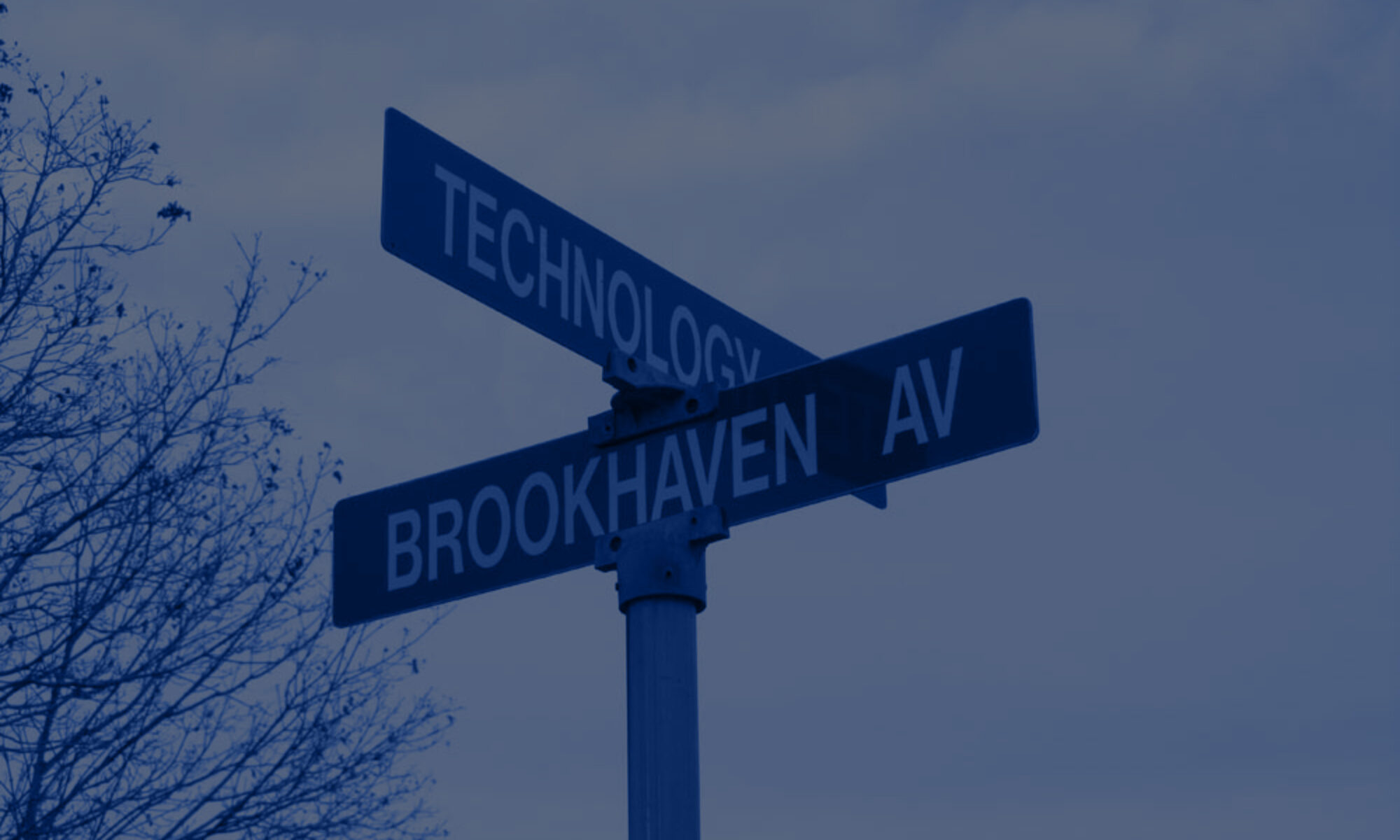
Our study aims to determine the increase in the U.S. inflation rate and to forecast future rates. This finding is significant since inflation affects everyone throughout the United States and has cascading effects throughout the global economy. The data was gathered from government websites and other sources that calculate Consumer Price Index, which provides us with the average inflation rate. We intend to derive a formula for predicting the inflation rate by looking at inflation rate trends over the past fifty years. We want to use this data to create a program that predicts future inflation for the next year and beyond.

Augmented Reality (AR) is an emerging medium that superimposes digital content over a user’s view of the real world. In our research we explore the user experience, focusing on how AR interactions can connect people through collaboration and community building. Utilizing the AR application MembitTM, “a geolocative augmented reality (AR) storytelling platform,” developed and co-founded by Jay Van Buren, we are helping to identify interface and usability issues, providing outreach support, and developing a collaborative AR exhibit to showcase the creative work of COMD students and alumni.

In the vast universe, galaxies and stars are the most visible objects. Less visibly is the cosmic gas that is all around in our universe. Gas however, is directly responsible for the formation of stars and galaxies. Stars can only be formed when provided with enough cold gas. When gas condenses and cools it can form stars, which can congregate into galaxies containing billions of stars. This gas can vary in density and form different structures within our universe, voids which have the least dense matter, walls which are slightly more dense, filaments which are even denser and nodes which have the highest density. Filaments particularly are cooler gaseous regions which branch into galaxy clusters. Filaments are also referred to as “cosmic highways” because they channel galaxies into large clusters that contain up to thousands of galaxies in a bath of hot, dense gas. In this project a combination of simulated data and observational data is used to observe how galaxies interact with filaments. In particular, by using the SAMI galaxy Survey and the Horizon-AGN simulation, our research group investigates whether galaxies become less distorted if they stay near cool filaments when moving towards clusters. Additionally, by creating an algorithm that calculates the distances of galaxies to the closest filaments, we are able to make a map of the galactic web and analyze how galaxies interact with nearby filaments.

Prosthetic leg covers are custom made casings that go over a prosthetic leg in order to protect the internal components, giving it a more realistic look. They are usually made with ABS plastic or a silicon/rubberized cover, and because the companies that manufacture them are for profit, they can typically charge anywhere from $500 to $2000. Right now there are only hard and rigid plastic based filaments available to individuals at a low cost. By designing, prototyping, and 3D printing a prosthetic leg cover, we can create an affordable, durable, and natural feeling product.

Recent graduates lack the many career opportunities there are after earning a RT certification. The purpose of the study is to investigate how much knowledge a student has as a student becomes certified for RT. This is a survey-based review of the types of career opportunities there are nowadays. We created surveys of various questions for those students interested or still on the program. Also created surveys for workers nowadays working in hospitals with their RT certified and what have been their career opportunities afterwards. After RT, there are many career opportunities, such as CT, MRI, IR, and even Sonography. They are referred to as postprimary eligible pathways, as the ARRT website states them. Even though most RT techs in NYC have chosen CT as a career opportunity, each student should choose their career opportunity for what their heart wants the most.

The ultimate goal of this project is to design an introductory engineering course for incoming engineering students that lasts about 6-8 weeks. Many incoming engineering students are unaware of what they truly are passionate about in terms of which type of engineering they like (electrical, mechanical, computer). The introductory engineering course, offered in the summer, would provide real hands on and theoretical experience in all three of the engineering fields offered at City Tech. The hope is that, after gaining this experience, students would be able to better decide the field of engineering they would like to pursue. The course itself is based around an automated robotic system that incorporates aspects of electrical, mechanical, and computer engineering.

We have been doing extensive research on embedded carbon modeling. Properties are being damaged through natural disasters and by attacking its main source global warming, through the use of hay we were successfully able to counter attack these problems. We collected and found that Straw bales hold a lot of carbon and it keeps it out of the atmosphere. We also collected that building homes on an elevated podium ensures little to no flooding. To these findings and many more, we have come to the conclusion on how to counter attack these natural disasters. We are confident in our research and are beginning to implement it to a project we were introduced to recently.






